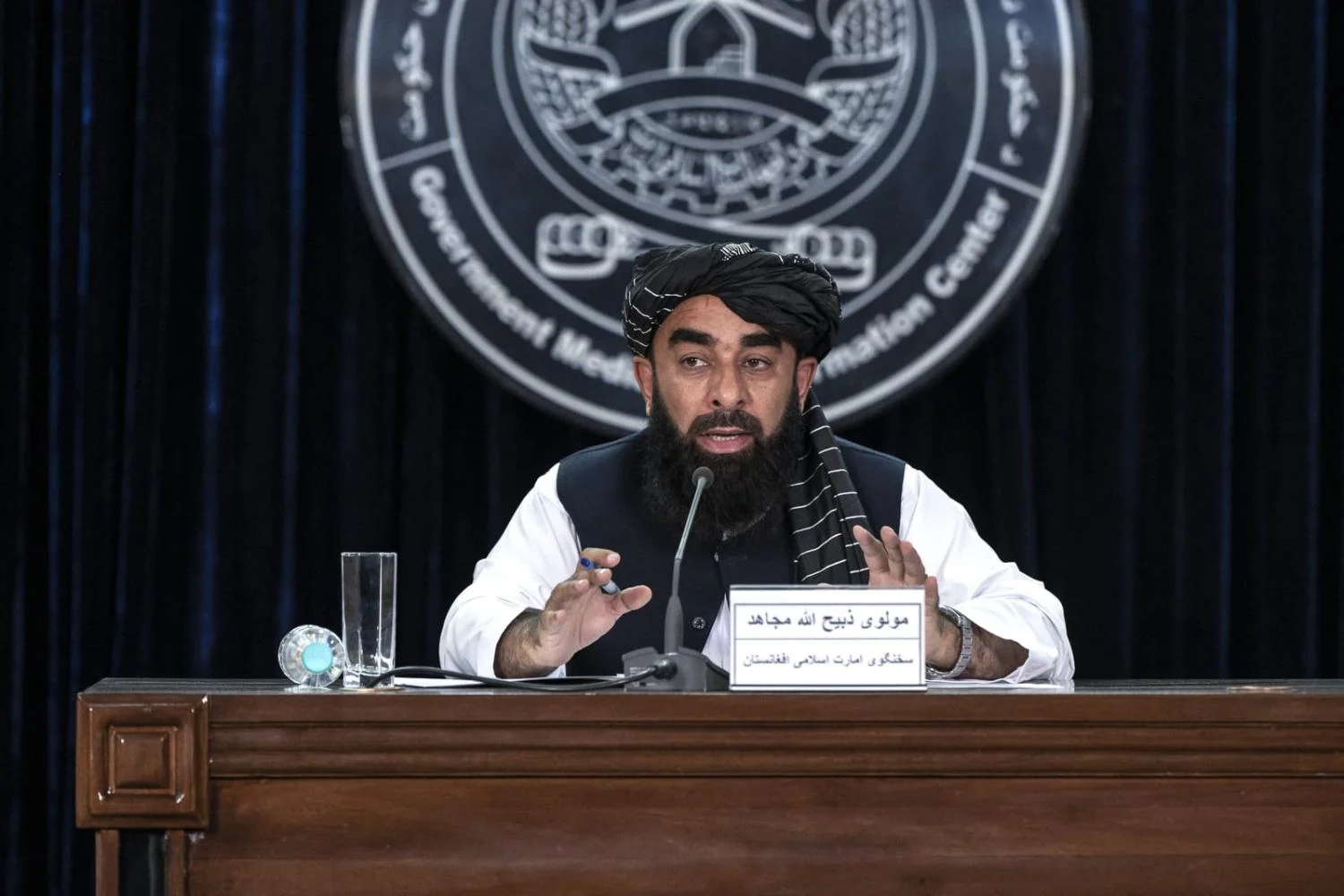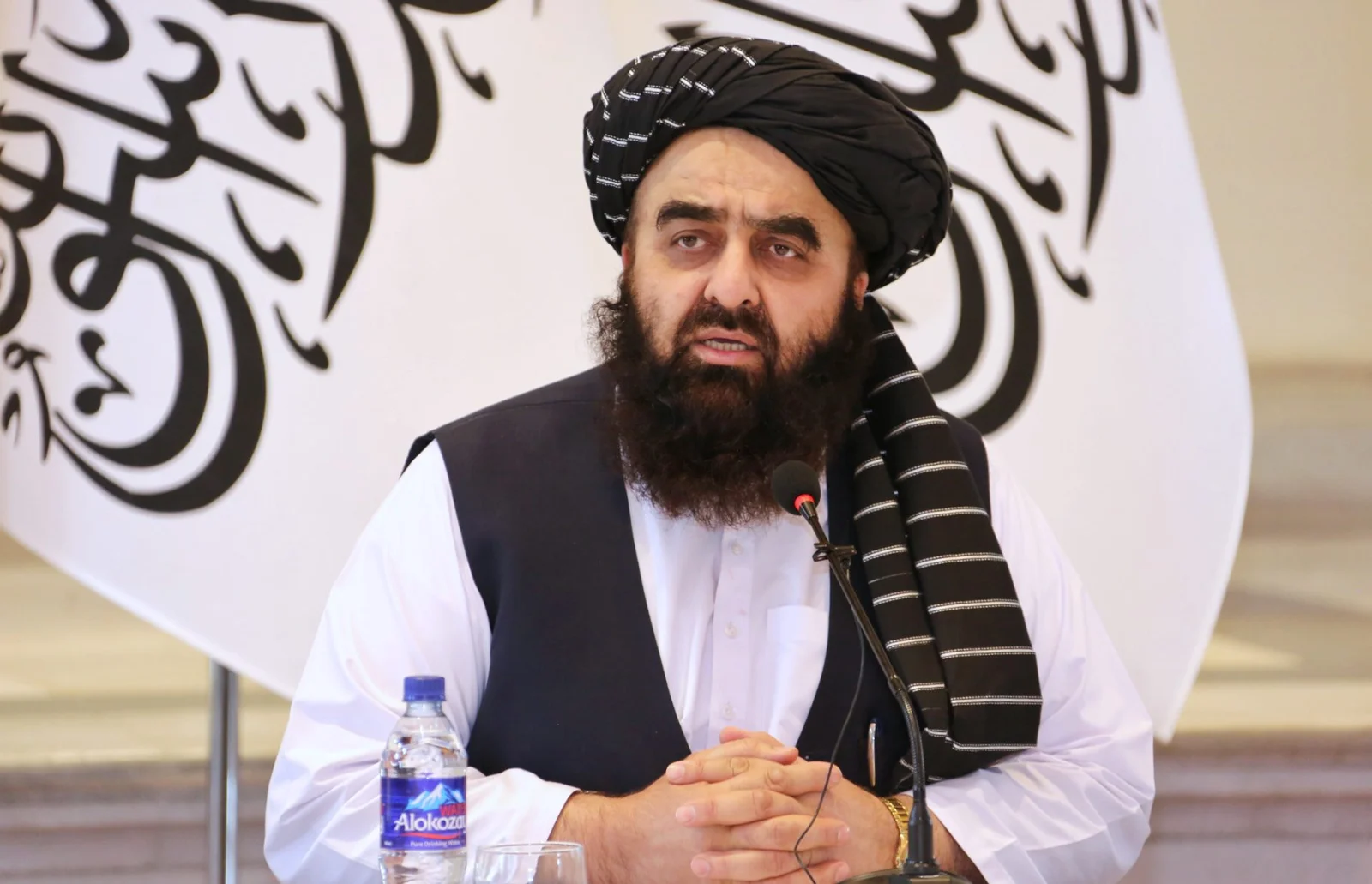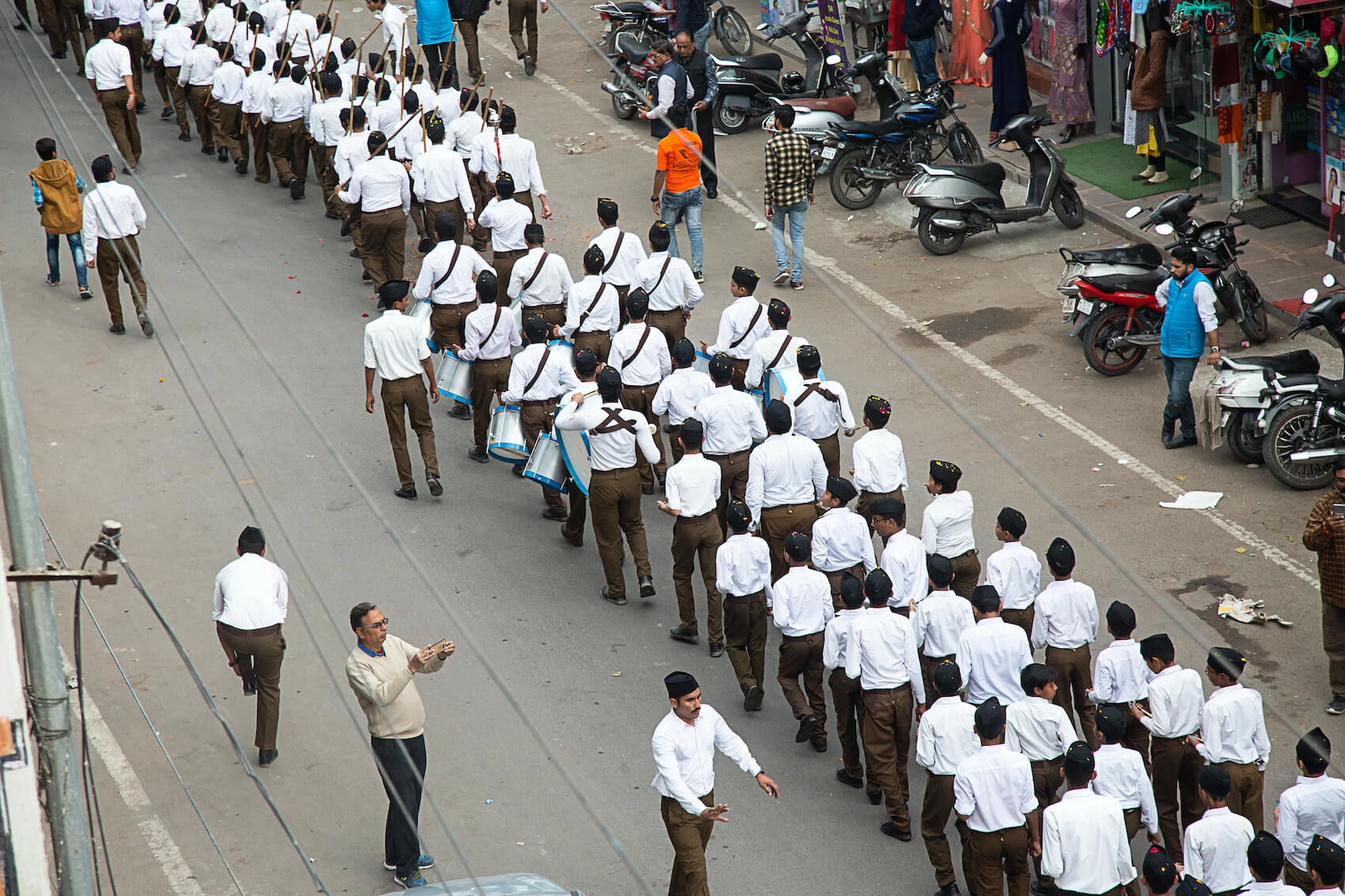Indian Maoists movement organized a meeting in the deep forestry area of Chhattisgarh state. According to the Indian news media outlet, Hindustan times about 10,000 people attended the meetup. Participants were prevented to bring mobile phones or other recording devices so no visuals from the meeting surfaced. Speeches from Maoist leaders, sessions on the history of the area, sports, and other segments were also part of the program which continued for three days. The program also included a show of weapons seized from government security forces during an attack in the Minpa area of Sukma district. 17 personals of Indian security forces were killed in that attack. The rebels attacked members of the Central Reserve Police Force This happened when CRPF jawans were raiding a rebel hideout in a forested area. The Maoists say they are fighting for communist rule and greater rights for the tribal and rural poor. Maoists insurgency began in the eastern state of West Bengal in the late 1960s, spreading to more than one-third of India\’s 600-plus administrative districts.
The program was guarded by 300 armed Maoists supported by more than 500 Jan militias. The wife of a senior Maoist leader was in charge of the security. Such a big gathering is the first of its kind in the last 5 years. Previously, a meeting of this magnitude was held in 2015. Analysts feel that such a meeting was a show of power by Indian Maoists. This says a lot about the narrative about finishing of Maoists movement and gives a strong, clear message that Maoists may have become relatively silent but are still active and committed in India. This meeting proved their continued existence and their rule over the Indian jungle of Baster in Chhattisgarh state. This particular division has an area of around 39,117 square kilometers and a population of 15 lakh Indians. It has seven districts which include Kanker, Dantewada, Sukma, Bijapur, and Naryanpur.
As per police estimated the Maoists residing here have a strength of about 4500 including their political and military wings. Overall, however, about 2,00,000 people of the area are said to be members of the Maoist communist party of India.





